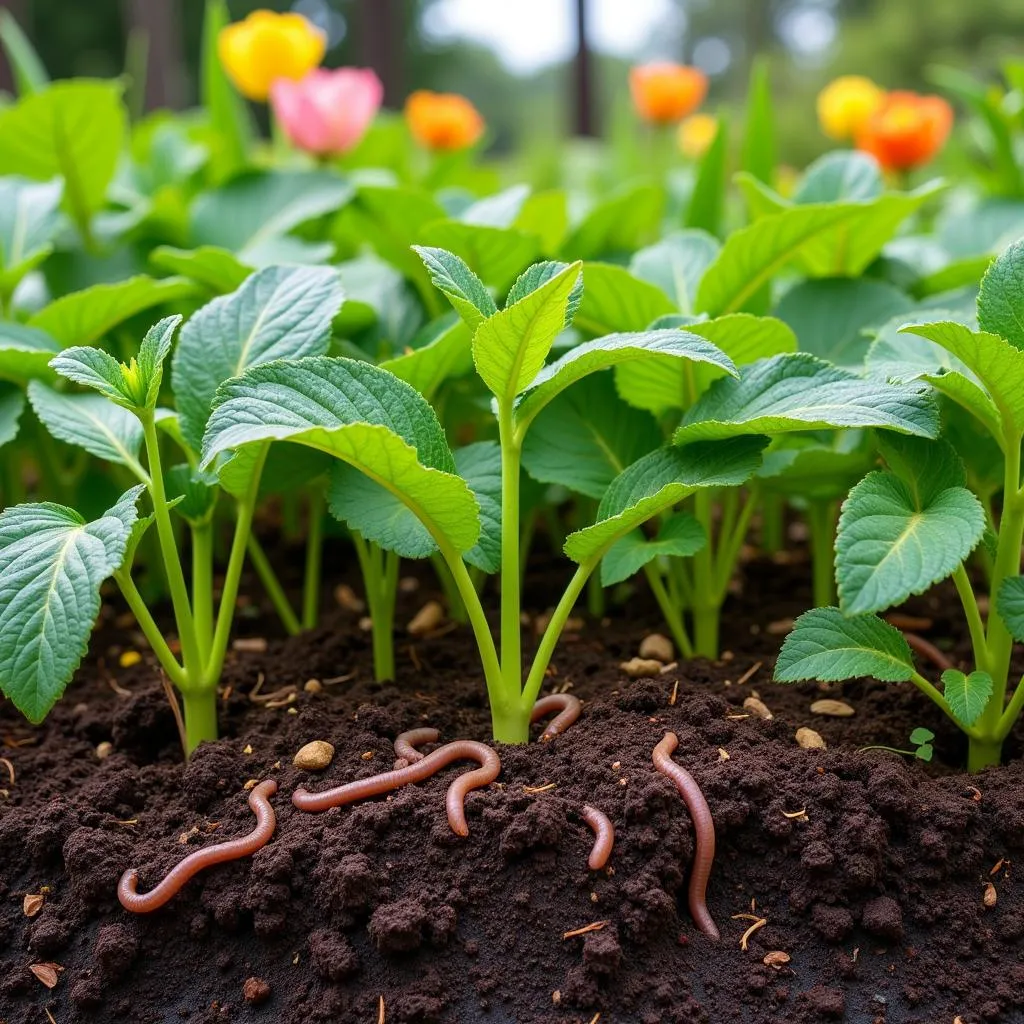African Ivory Carvings: A Legacy of Artistry and Controversy
For centuries, the allure of African Ivory Carvings has captivated collectors and connoisseurs worldwide. From intricate figurines to elaborate tusks adorned with scenes of daily life or historical events, these masterpieces of African artistry offer a glimpse into the rich cultural heritage of the continent. However, the beauty of these carvings is forever intertwined with the controversial ivory trade and its devastating impact on elephant populations.
A History Etched in Ivory: Exploring the Origins and Significance
[Image-1|ancient-african-ivory-carvings|Ancient African Ivory Carvings|A display case featuring a collection of intricately carved ivory tusks and figurines, showcasing the skill and artistry of ancient African carvers. The carvings depict a variety of subjects, including animals, humans, and abstract patterns, providing insights into the cultural beliefs and practices of their creators.]
The use of ivory in Africa dates back millennia, with archaeological evidence pointing to its presence in ancient civilizations such as Egypt and Nubia. These early societies prized ivory for its beauty, durability, and ease of carving, incorporating it into a wide range of objects, from jewelry and decorative items to religious artifacts and symbols of power.
In many African cultures, African ivory carvings transcended mere aesthetics, serving as powerful expressions of cultural identity, spiritual beliefs, and social hierarchies. Skilled artisans, often working within established guilds or family lineages, honed their craft over generations, passing down their knowledge and techniques through apprenticeships.
The Rise of the Ivory Trade: From Luxury Good to Conservation Crisis
[Image-2|ivory-trade-caravan|Ivory Trade Caravan|A historical depiction of a caravan traversing the African savanna laden with tusks of ivory, illustrating the scale and impact of the ivory trade during its peak. The image highlights the human and animal labor involved, as well as the vast distances covered in the pursuit of this precious commodity.]
The arrival of European traders in the 15th century marked a turning point in the history of African ivory. The insatiable demand for ivory in Europe, fueled by its use in luxury goods, piano keys, and billiard balls, led to a dramatic escalation in the ivory trade. This trade, often exploitative and unsustainable, had a devastating impact on elephant populations across the continent.
The Human Cost of Ivory: Exploitation and the Legacy of Colonialism
The ivory trade was inextricably linked to the broader context of European colonialism in Africa. European powers, driven by economic greed and a sense of imperial ambition, often employed brutal tactics to secure access to ivory, exploiting local populations and exacerbating existing tensions. The quest for ivory contributed to the displacement of communities, the intensification of slavery, and the destabilization of entire regions.
The Fight for Conservation: Protecting Africa’s Elephants
[Image-3|elephant-family-african-savanna|Elephant Family on the African Savanna|A heartwarming image capturing a family of elephants roaming freely across the vast African savanna, emphasizing the importance of protecting these majestic creatures and their natural habitat. The image serves as a reminder of the beauty at stake in the fight against the ivory trade.]
The 20th century witnessed a growing awareness of the plight of African elephants and the devastating consequences of the ivory trade. International agreements, such as the Convention on International Trade in Endangered Species of Wild Fauna and Flora (CITES), were established to regulate and monitor the ivory trade, aiming to curb poaching and protect dwindling elephant populations.
A Global Effort: Raising Awareness and Promoting Sustainable Alternatives
Efforts to combat the illegal ivory trade require a multi-pronged approach, involving governments, conservation organizations, and local communities. Raising awareness about the issue, strengthening law enforcement, and providing alternative livelihoods for communities affected by the ivory trade are crucial steps in protecting Africa’s elephants for future generations.
African Ivory Carvings Today: Appreciating Art While Condemning the Trade
[Image-4|contemporary-african-ivory-carving-exhibition|Contemporary African Ivory Carving Exhibition|A modern art gallery showcasing a collection of contemporary African sculptures crafted from sustainable materials, demonstrating the evolution of African artistry and the shift away from ivory. The exhibit highlights the creativity and skill of contemporary artists who draw inspiration from traditional forms while advocating for elephant conservation.]
Today, the trade in ivory remains a complex and contentious issue. While antique ivory carvings are still sought after by collectors, it is essential to remember the ethical implications of such acquisitions. Supporting the illegal ivory trade perpetuates the demand for ivory and undermines efforts to conserve elephants.
Appreciating the artistry of African ivory carvings should always be accompanied by a deep respect for the animals from which they originate. By understanding the history of the ivory trade, supporting conservation efforts, and promoting ethical alternatives, we can help ensure that these magnificent creatures continue to roam free for generations to come.
FAQ
Are African ivory carvings still being made?
While the international trade in ivory is largely banned, illegal poaching and the carving of ivory persist in some areas. It is crucial to only purchase ivory carvings from reputable sources that can verify the age and origin of the piece, ensuring that it predates the international ban and was obtained legally.
What are some ethical alternatives to ivory carvings?
Today, skilled artisans across Africa are creating stunning works of art using sustainable materials such as wood, bone, tagua nut, and recycled materials. These pieces offer a beautiful and ethical way to celebrate African artistry while supporting conservation efforts.
How can I help protect African elephants?
You can support elephant conservation by donating to reputable organizations working to protect elephants, raising awareness about the issue within your community, and advocating for stricter laws and enforcement against the illegal ivory trade.
Where can I learn more about African art and culture?
To delve deeper into the rich tapestry of African art and culture, explore our website for insightful articles, captivating stories, and stunning visuals that showcase the diversity and vibrancy of the continent.
Need help? Contact us at +255768904061, email us at kaka.mag@gmail.com, or visit us in Mbarali DC Mawindi, Kangaga, Tanzania. Our customer service team is available 24/7.

